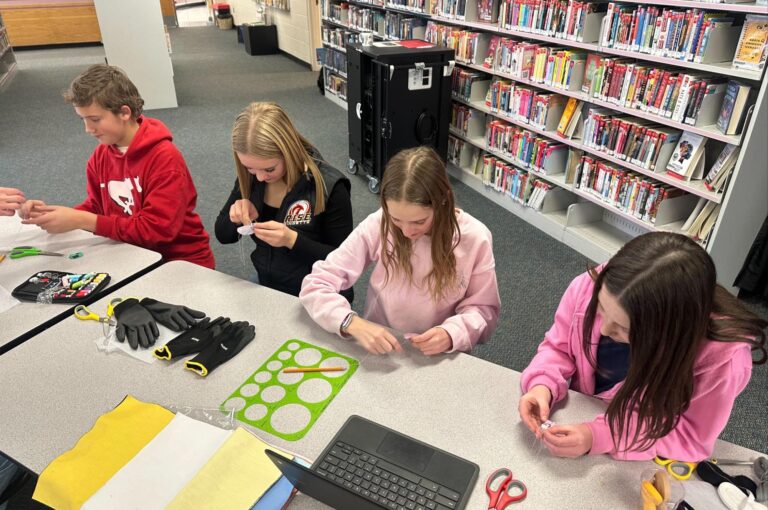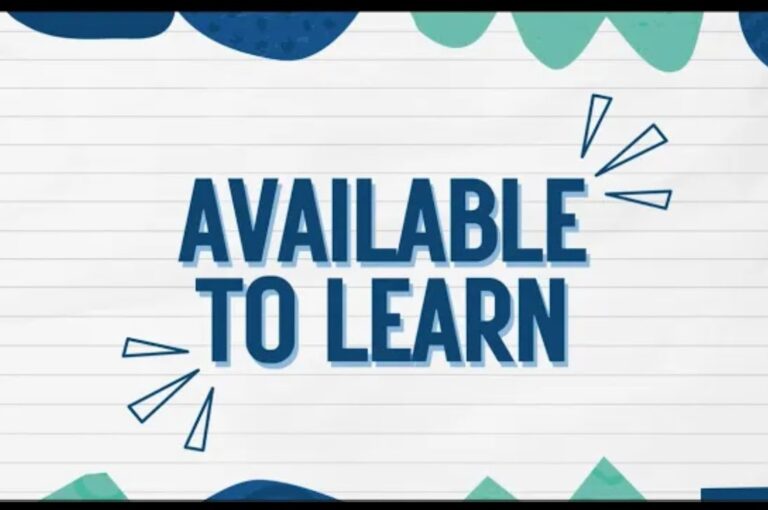As teachers we are used to soothing, comforting, explaining and fixing. It is on our job description.
We need to remember that emotions won’t break us or your student, and in fact, avoiding some emotions like anxiety can make them grow.
TIPS:
- If your student’s emotional distress is causing you to feel anxious or angry, take a minute to decompress
- Waiting until you are centered before you respond creates the calm regulation that children need-regulation that over time they can provide for themselves.
- Distress tolerance does not mean disconnecting emotionally from your student, to simply say no and walk away. Children benefit from when we stay calmly engaged through the wide range of their inevitable emotional challenges
- Our engagement – not avoiding discomfort – is what helps your student to develop their own distress tolerance
Be a model for emotional regulation:
Label your emotions. Then talk aloud so your students can see what you are thinking to gain perspective on the situation. Showing that you can put distance between your own impulses and your actions reinforces the idea for your students that while they do not need to restrain their feelings, they do sometimes need to restrain their behavior.
Be Clear
- If your student won’t complete a task independently or is fussing over something you know they can handle quite easily on their own, tell them that you have the confidence in their ability to do this on their own and you won’t help them unless they really need it
- It is important to accurately assess what your student can do independently, be flexible in adjusting expectations and provide appropriate levels of support when needed
- Try to avoid the temptation to dismiss or fix whatever is wrong
Connect and then Redirect
- Connecting moves your student from reactivity to receptivity. By validating your student’s feelings you can get their thinking brain engaged again
- While raising emotionally agile children means you acknowledge and accept their feelings, it does not mean that you need to tolerate and accept their irrational behavior and tantrums
- You can connect while still having expectations and setting limits
- When your student is ready, ask them what they need to move forward and make a reasonable plan together
As parent remember:
- Emotions pass. They are transient and there is nothing in the mental experience that demands an action.
- Emotions are not scary. No matter how big or bad any particular feeling seems in the moment, you are bigger than it is.
- Emotions are teachers. They can help you figure out information about what matters to you and to others.
- When we understand these ideas ourselves then we are in a better position to model and teach this to the children in our lives.
CONCLUSION:
- Independence is not something students can gain on their own. They have neither the understanding, the experience, nor the skills to develop independence separately from the most influential adults in their lives. Independence is a gift that you give students that they will benefit from their entire life through:
- Showing students empathy and respect
- Demonstrating confidence in your student’s capabilities
- Teaching them they have control over their feelings and choices
- Providing guidance and then giving them the freedom to make their decisions and learn from both their failures and successes







